Chelsea travelled the short distance to play Tottenham in the semi-final first leg of the EFL Cup on Tuesday evening. Both sides named pretty strong sides with the majority of their regular Premier League players starting the match. Chelsea lined up in their usual 4-3-3 formation, whilst Tottenham operated in a 4-4-2 diamond.
Early warnings
Son Heung-Min caused Chelsea problems early in the match with his speed, managing to get behind the defence twice in the opening five minutes. This was a clear plan from Tottenham to exploit the lack of pace and the high line of the Chelsea defence. Despite the early warning signs, Chelsea failed to adapt quickly enough to the threat posed behind. When Tottenham’s midfielders had time and space, Chelsea’s defence should have dropped deeper to prevent passes from being played behind them.
They were eventually caught out with a long ball in behind the defence when Harry Kane ran through. Kepa Arrizabalaga brought him down for a penalty which he duly stepped up to convert. The use of VAR proved crucial in this goal, as Kane was adjudged to be onside despite the linesman flagging for offside. There was undoubtedly some level of confusion amongst the Chelsea defenders which allowed Kane to reach the ball first before he was fouled.
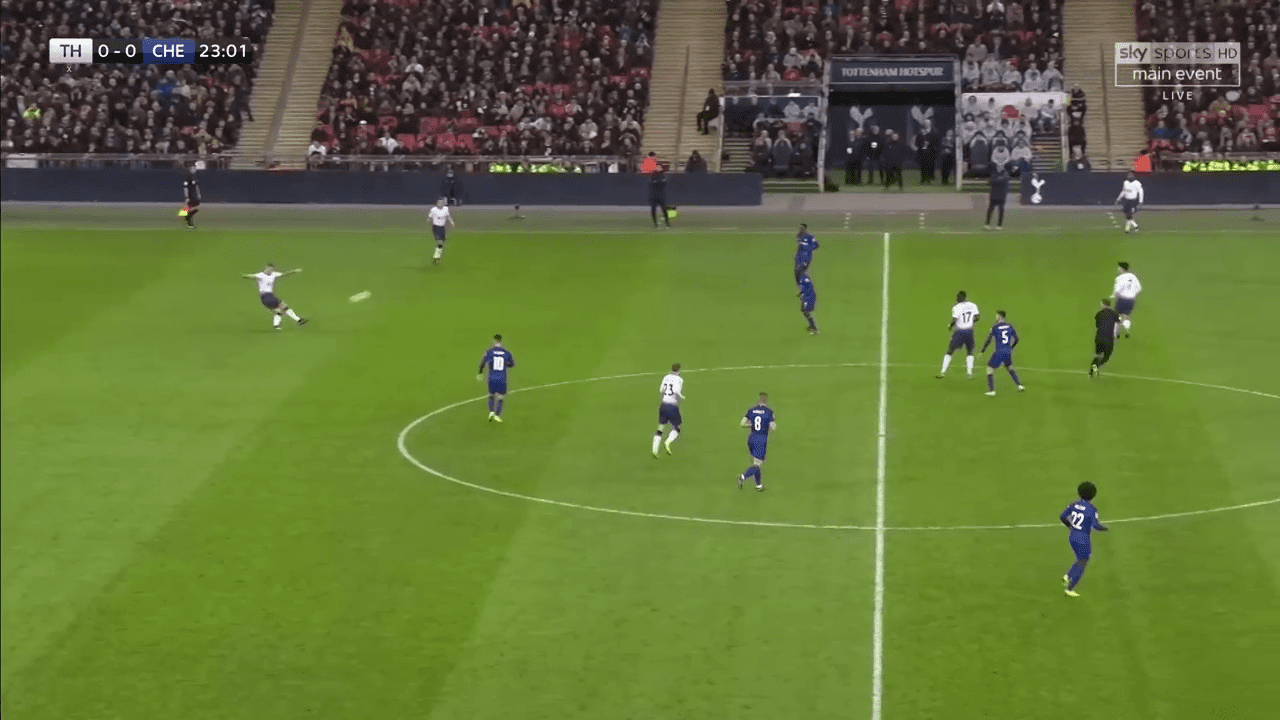
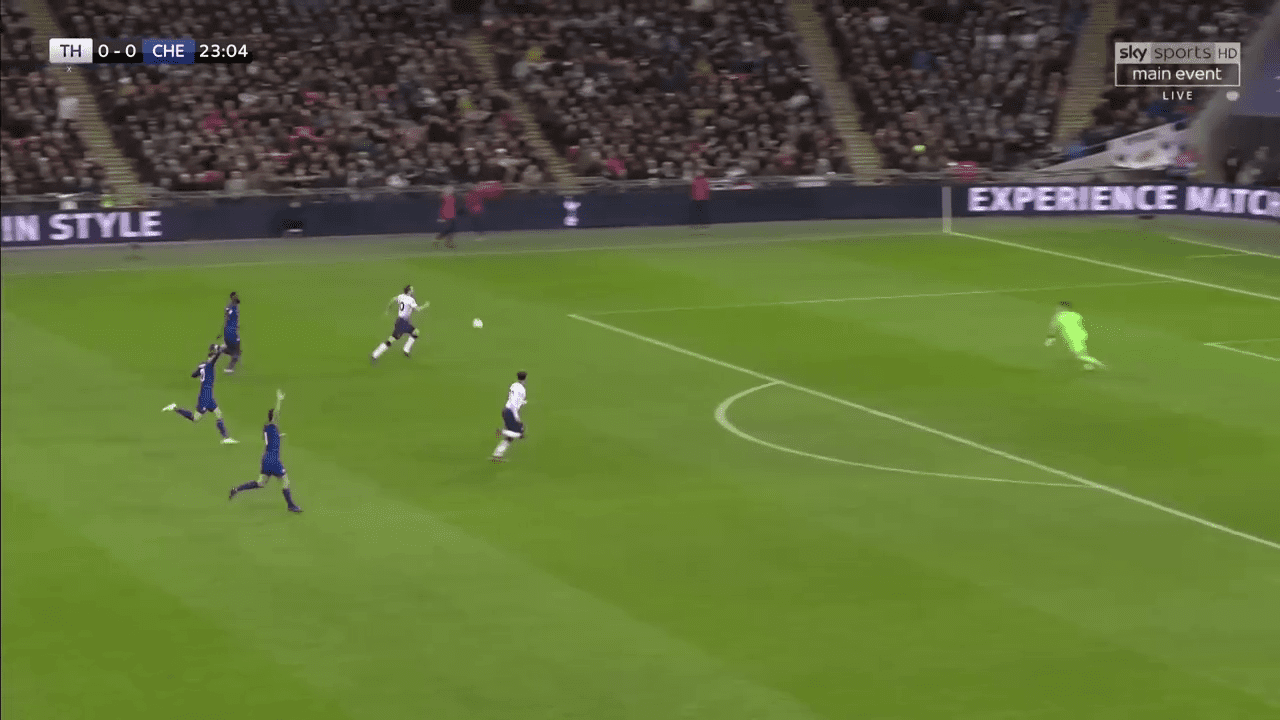
Callum Hudson-Odoi
Operating from the right-hand side of Chelsea’s front three Callum Hudson-Odoi was given an opportunity to showcase his talents amid intense speculation linking him with Bayern Munich. In the initial stages of the match, he maintained width with the intention of allowing Chelsea to play outside of Tottenham’s diamond midfield shape. When the passes arrived to him they were often too slow in coming which allowed Tottenham to adjust their shape and prevent him from isolating Danny Rose at full-back.
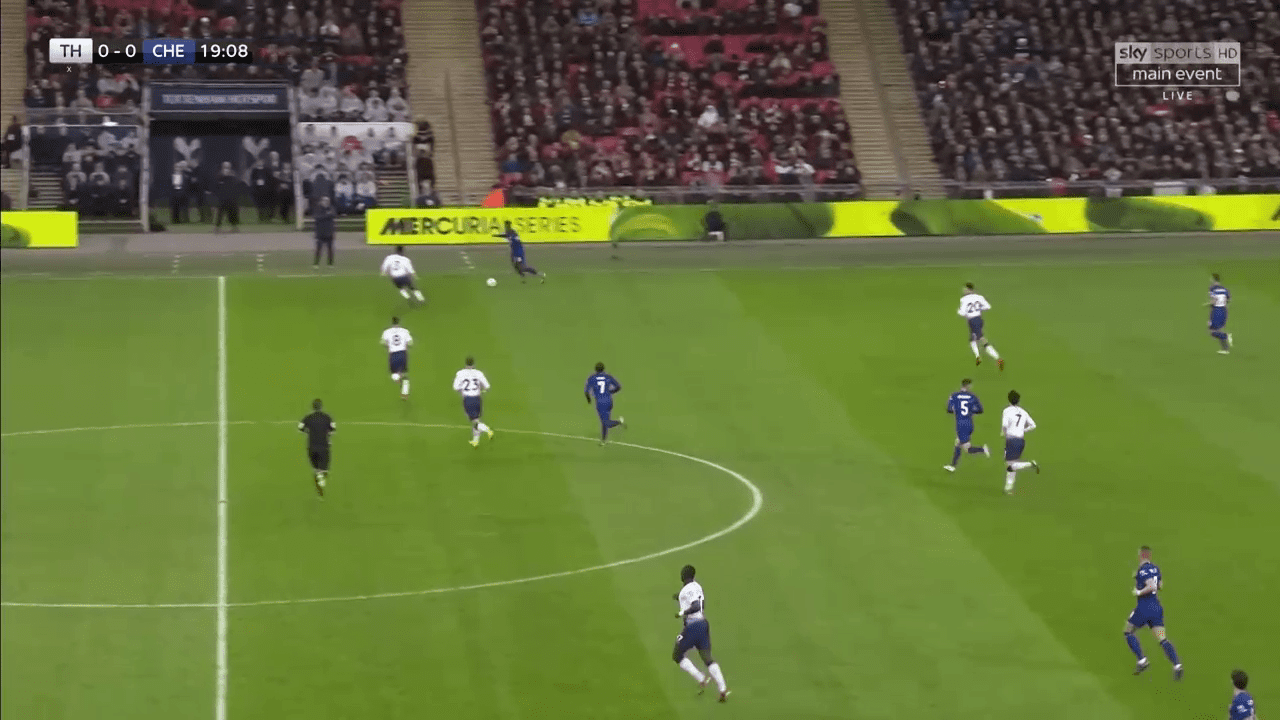
As well as providing width, Hudson-Odoi also provided more forward runs without the ball than Willian to threaten the space behind the Tottenham defence. He almost scored an equaliser right on the stroke of half time with a deflected cross that Paulo Gazzaniga just managed to tip onto the post.
In the second half, Hudson-Odoi began to fade and became less of a threat. This was in part due to Tottenham allowing Chelsea possession and sitting slightly deeper, thus limiting the space behind their defence into which he could run.
Hazard’s class shines through
Hazard once again showed why he is the best player in this side by quite some distance. Throughout the entire match, the Real Madrid target was the only player who looked like creating any chances. Unfortunately for Chelsea most of his best work was produced in deep areas of the pitch which didn’t really hurt Tottenham. This in part came from his frustration with the midfielders who were continuously playing safe passes that were never going to stretch the defence.
Hazard was continuously subjected to fouls from Tottenham, who were clever enough to ensure it wasn’t the same player committing the offences. The break up in momentum prevented Hazard from turning and dribbling into exposed areas of Tottenham’s shape.
A lack of creativity
Chelsea were restricted to long-range efforts from outside of the box in the first half. This was due to a combination of Tottenham’s solid defensive structure and Chelsea’s lack of presence in the centre-forward position. Hazard was constantly drifting deep in an attempt to receive the ball instead of trusting his midfielders to provide him with passes. This made it easy for Tottenham to squeeze further up the pitch as there was little threat from players running in behind, especially in dangerous central positions.
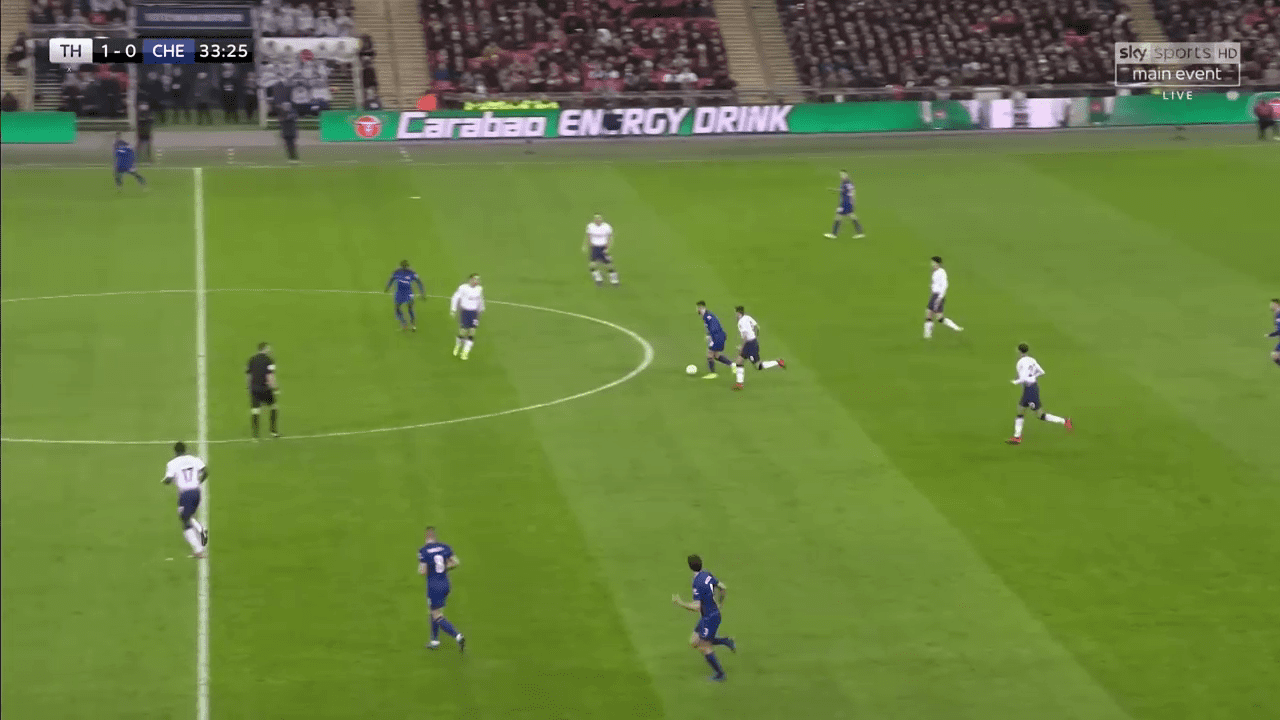
The best opportunity of the first half occurred when Marcos Alonso, Hazard and Willian combined on the left-hand side before the former crossed from an advanced area. N’Golo Kante nipped across the near post but his flicked effort glanced off the outside of the post.
Chelsea dominate possession
Chelsea dominated the opening 20 minutes of the second half, with the majority of their play in the attacking and middle thirds. Whilst they maintained possession of the ball and probed around the Tottenham box, they were unable to create any clear-cut chances. Once again they were limited to long shots from outside the box, which unlike the first half found their way on target.
The final part of Chelsea’s play was lacking for the majority of the game but was particularly noticeable during the second period as they controlled more territory. As well as a lack of running off the ball again, as highlighted in their previous Premier League match against Southampton, often the final pass or cross was poor. On too many occasions the ball was worked into wide areas only for the cross into the box to be intercepted by a Tottenham defender.
Conclusion
The first leg of the League Cup semi-final produced a tight encounter, settled by a single Harry Kane goal. Despite Chelsea dominating possession in the second half, they failed to create any real high-quality chances. This cost them the chance of getting a result to take back to Stamford Bridge. Chelsea really need to address the lack of quality chances they’re creating if they are to overcome a one-goal deficit in the second leg.
If you love tactical analysis, then you’ll love the digital magazines from totalfootballanalysis.com – a guaranteed 100+ pages of pure tactical analysis covering topics from the Premier League, Serie A, La Liga, Bundesliga and many, many more. Get your copy of the FIRST of two December issues for just ₤4.99 here, or the SECOND of the December issues with an annual membership right here.

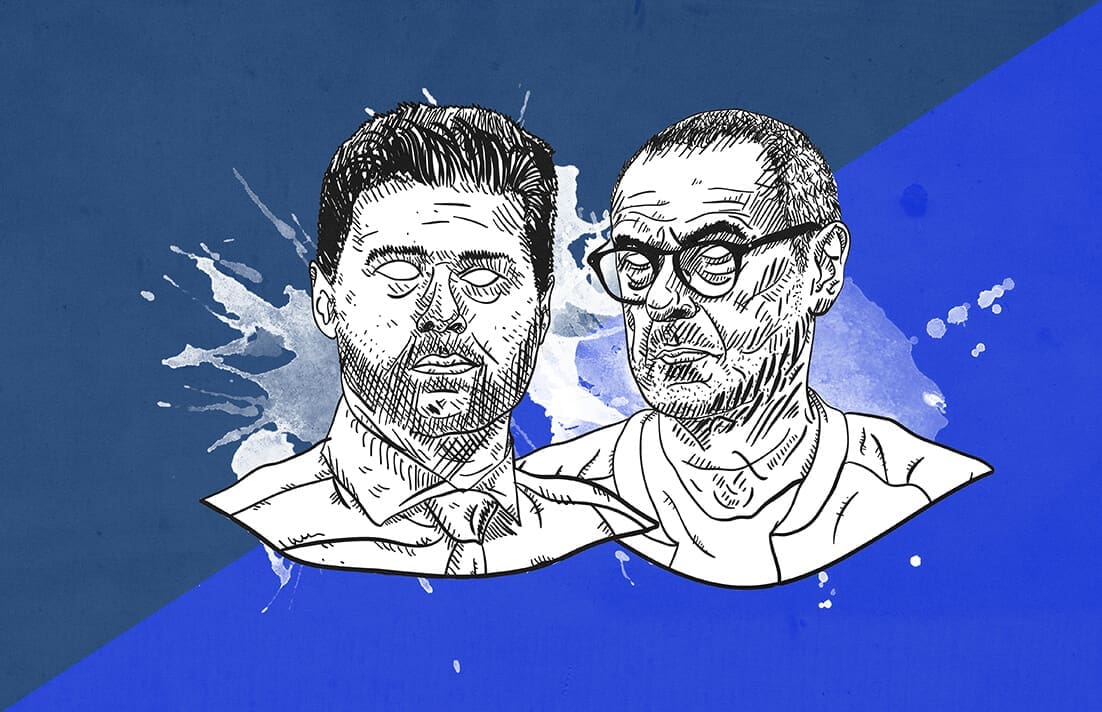




Comments